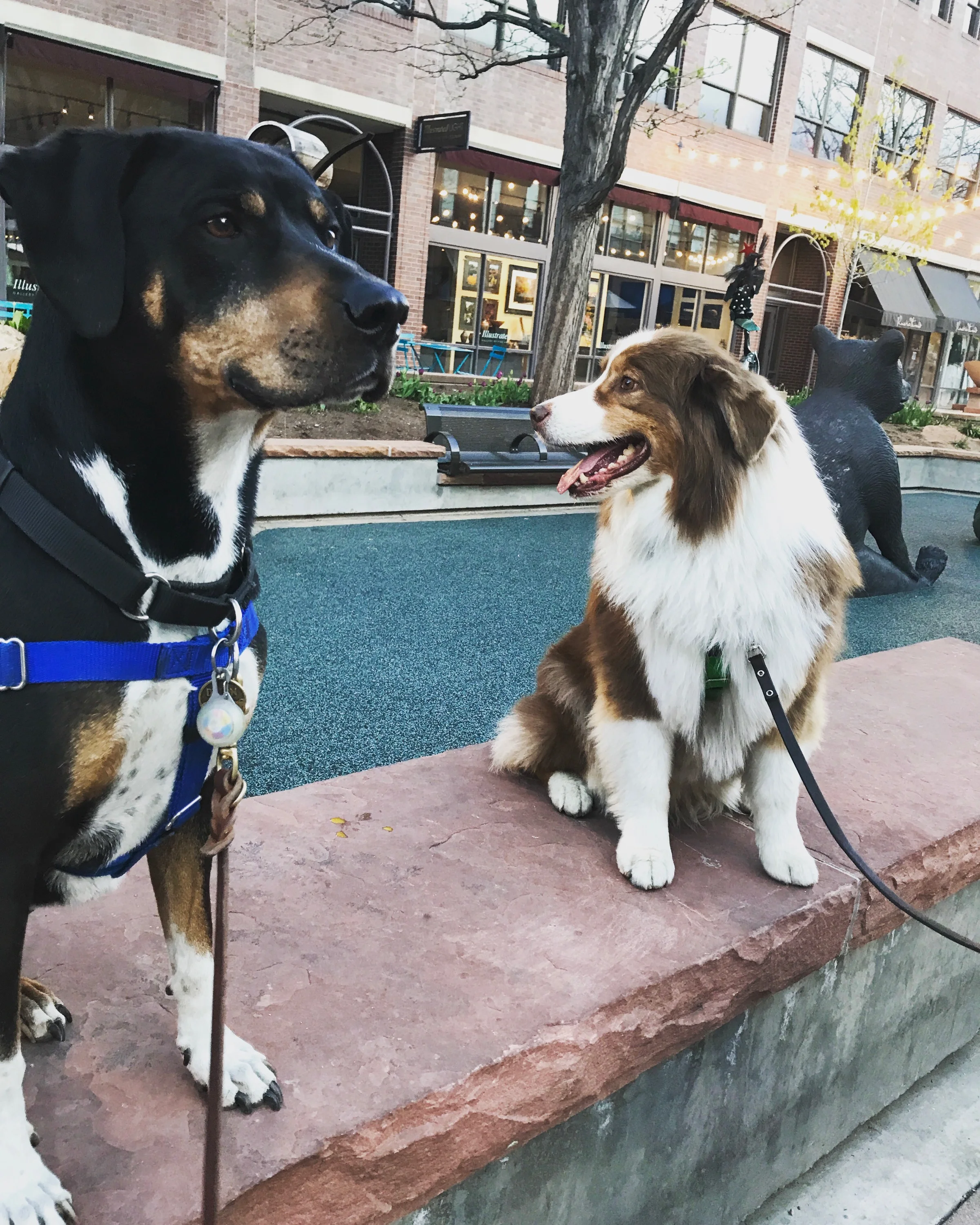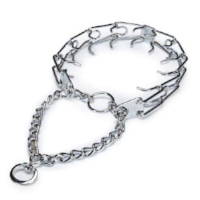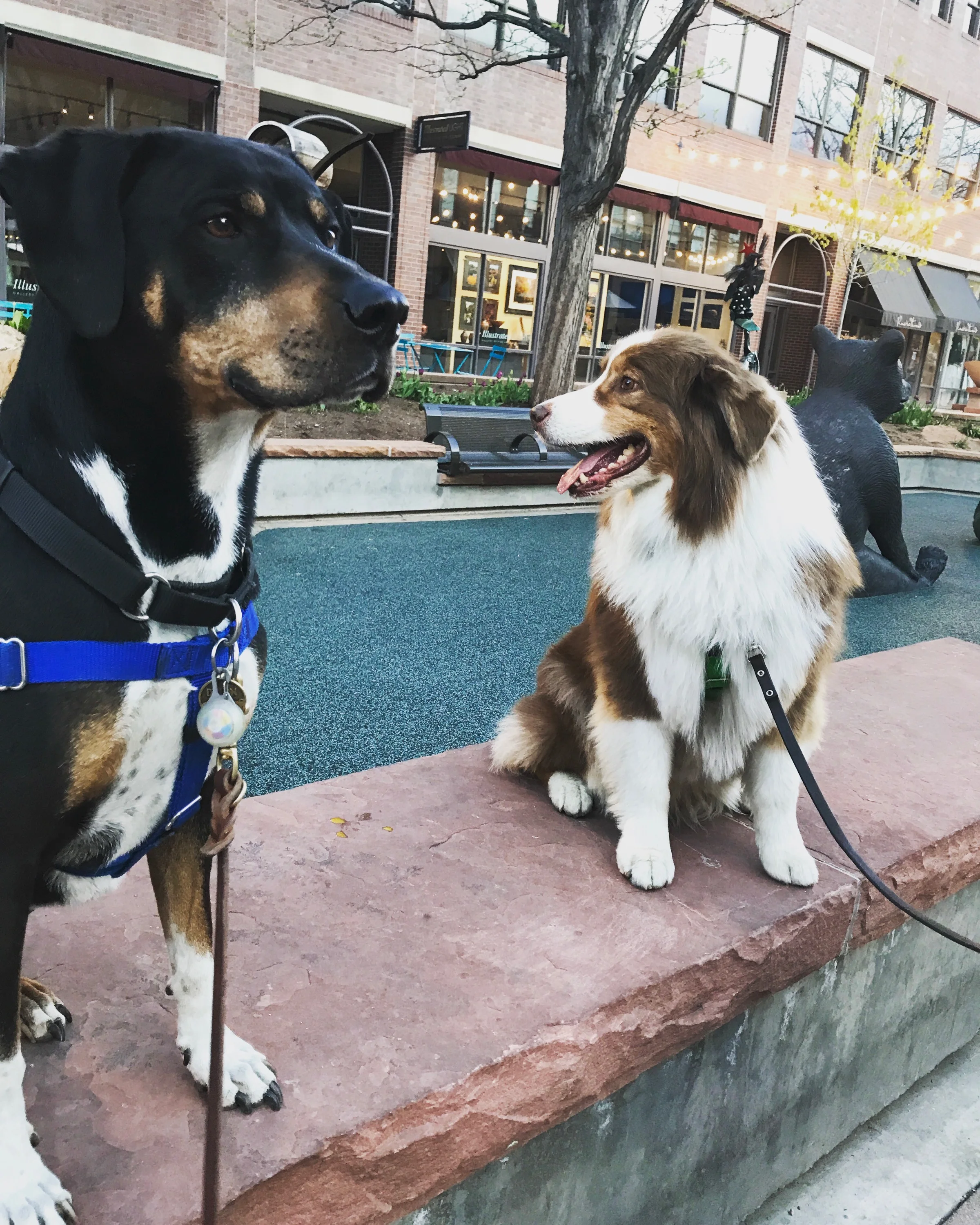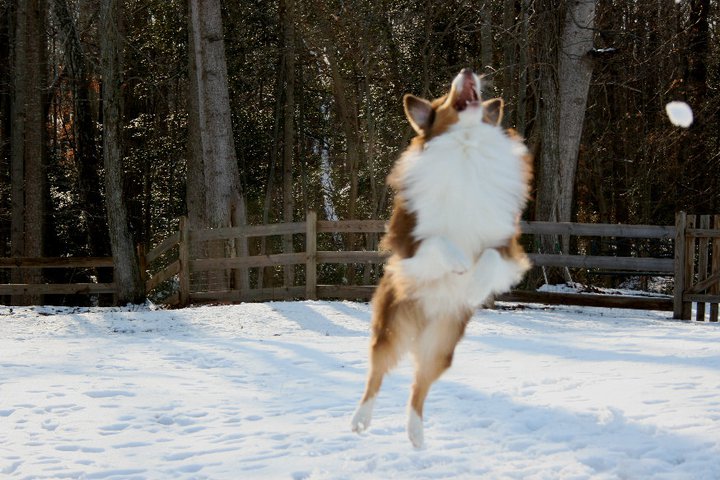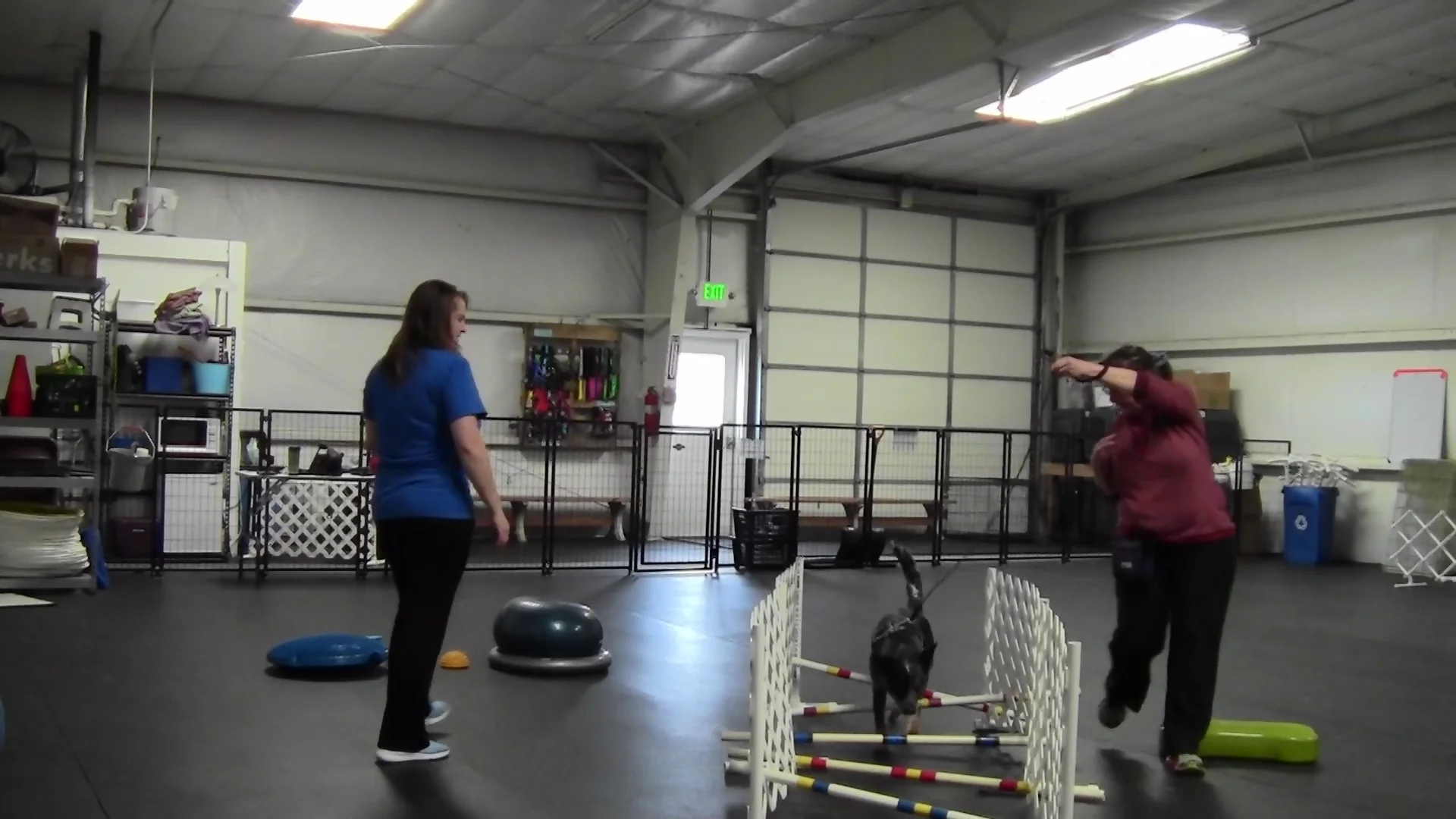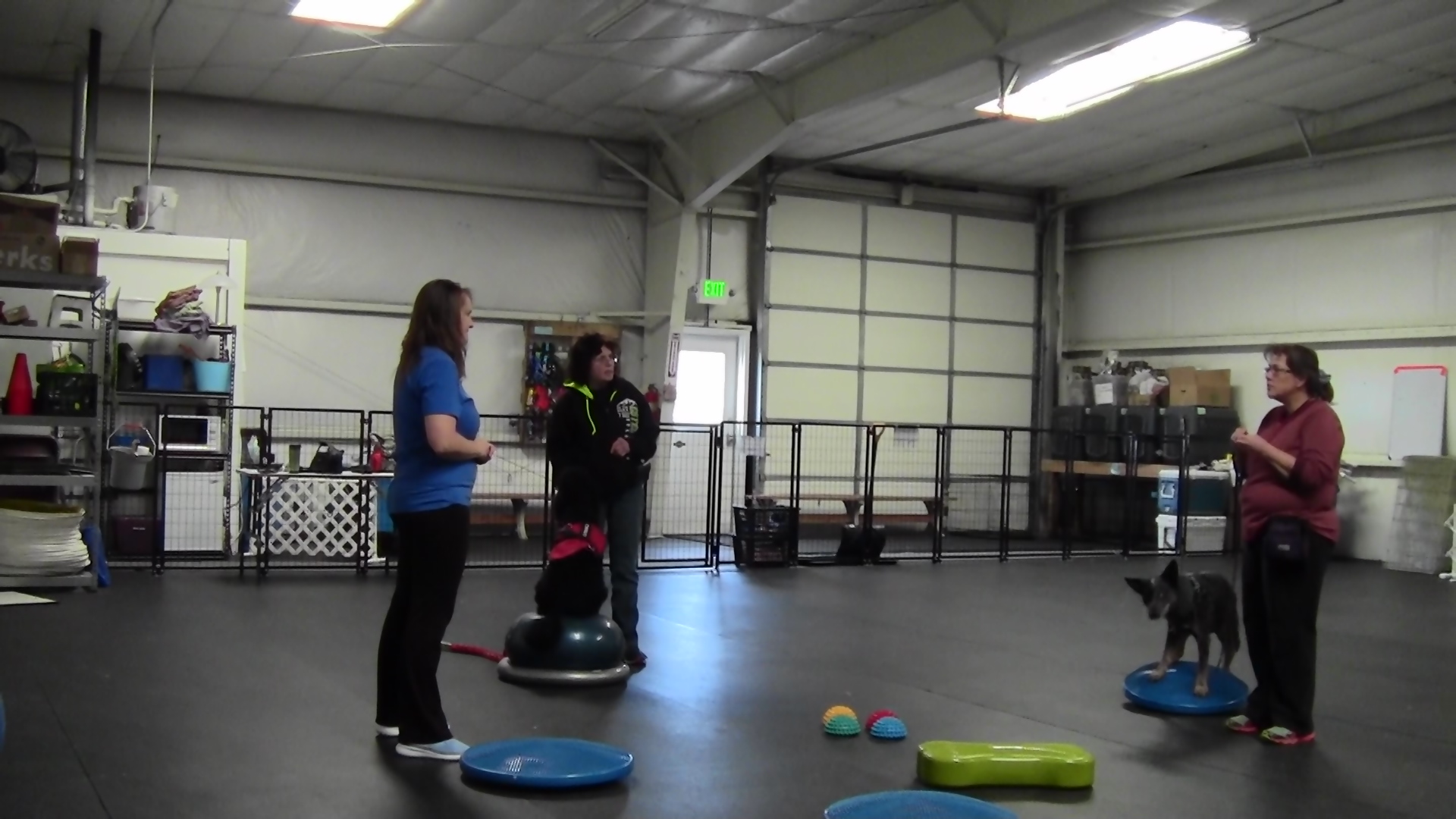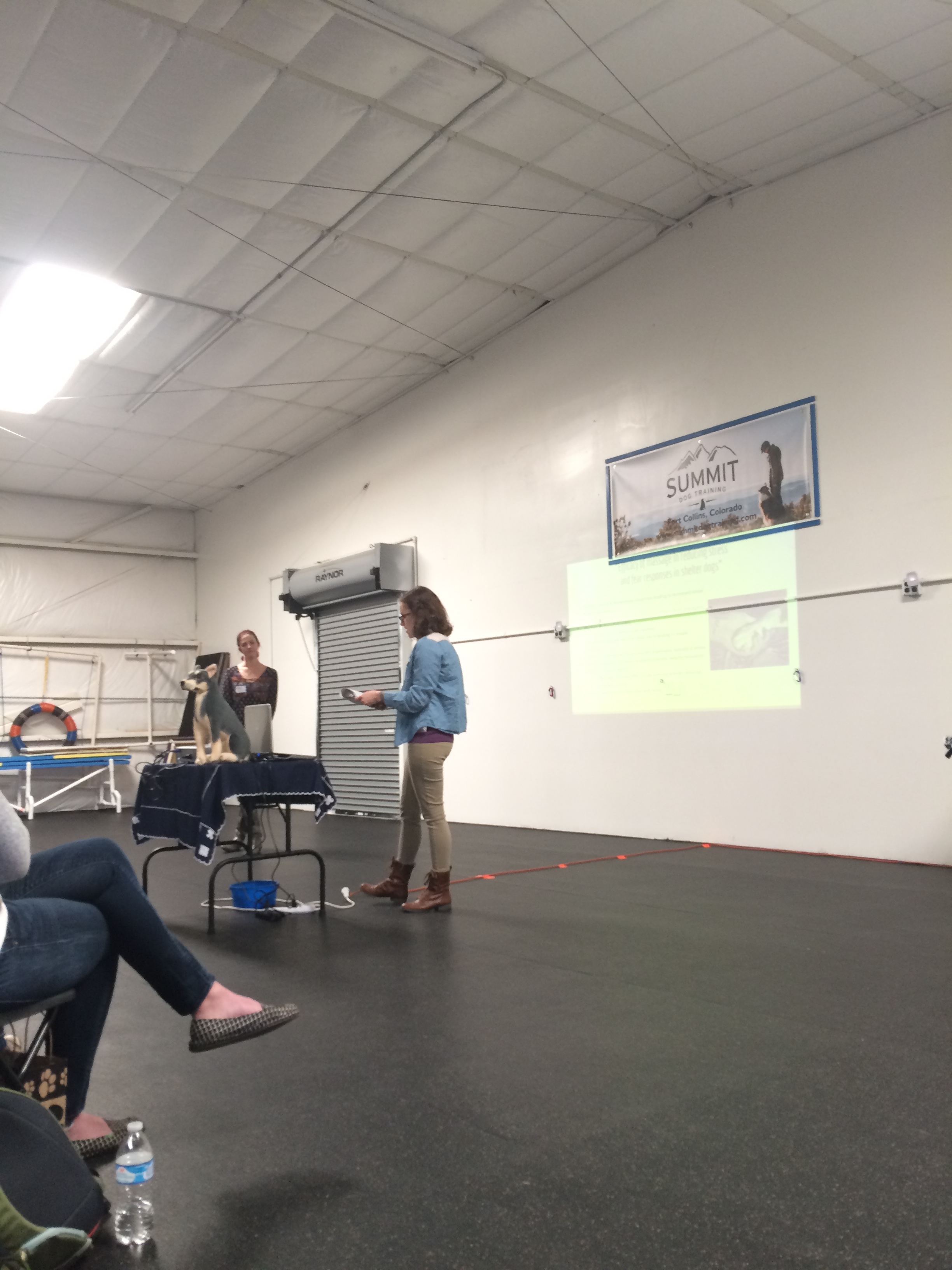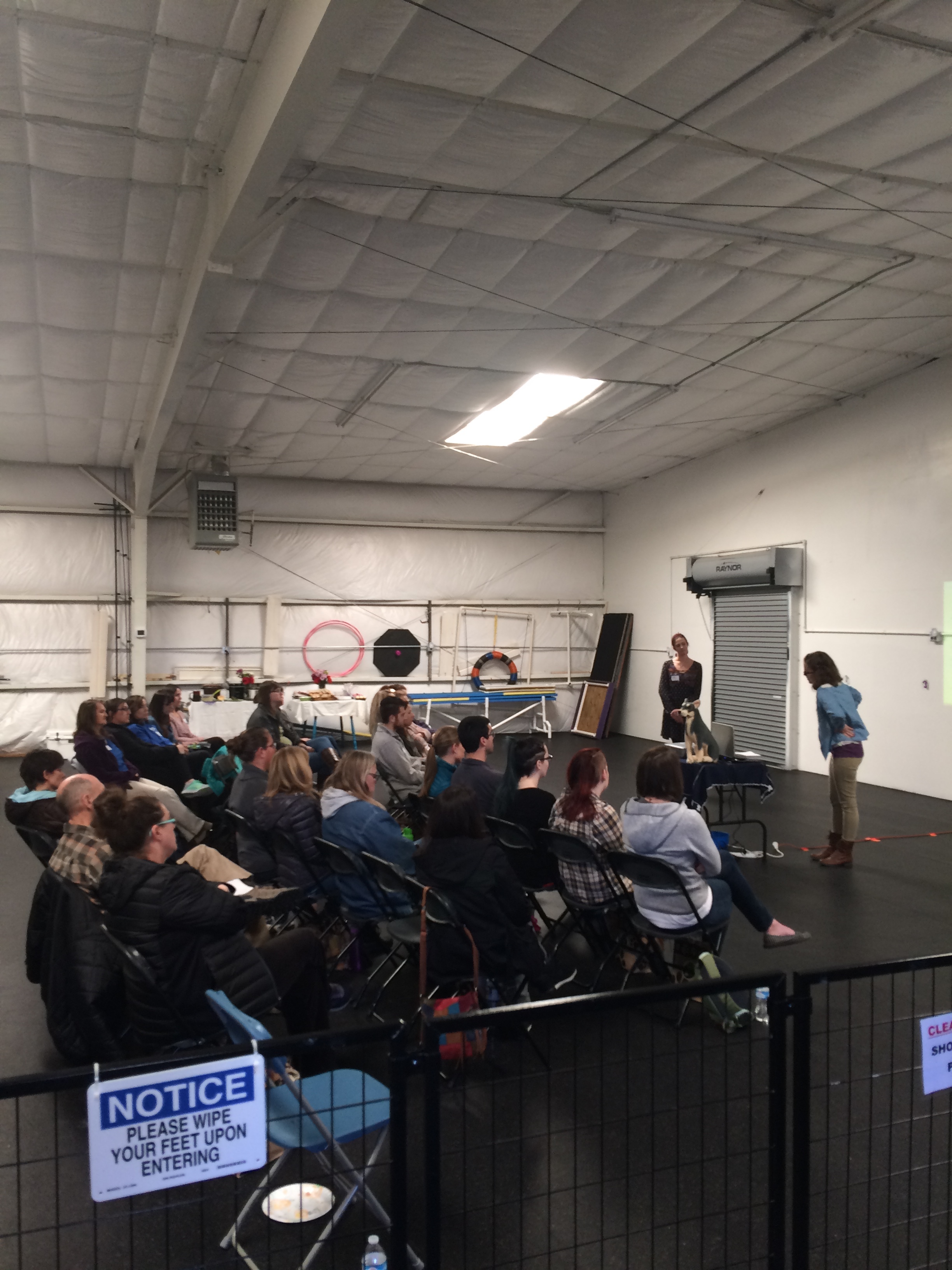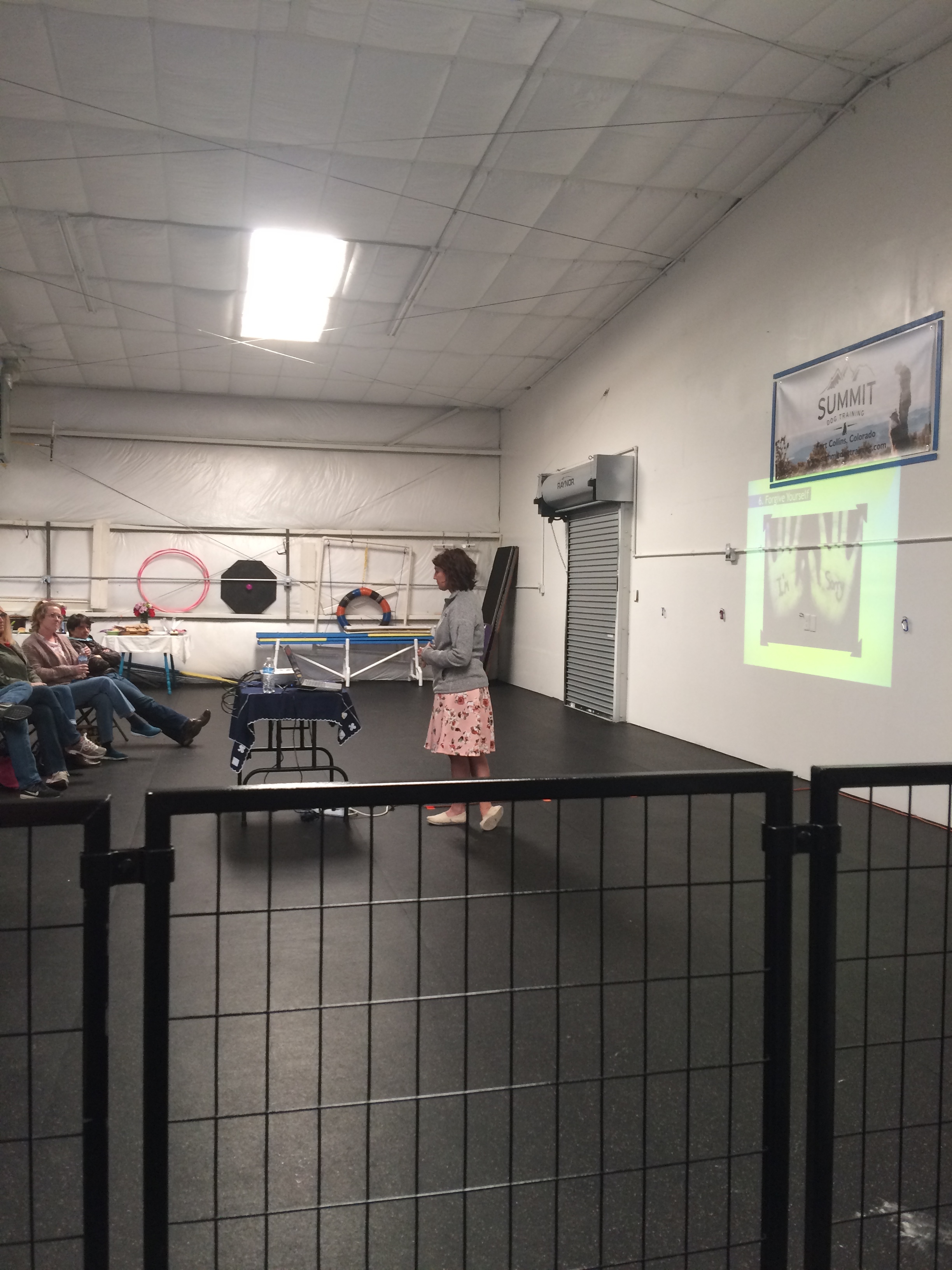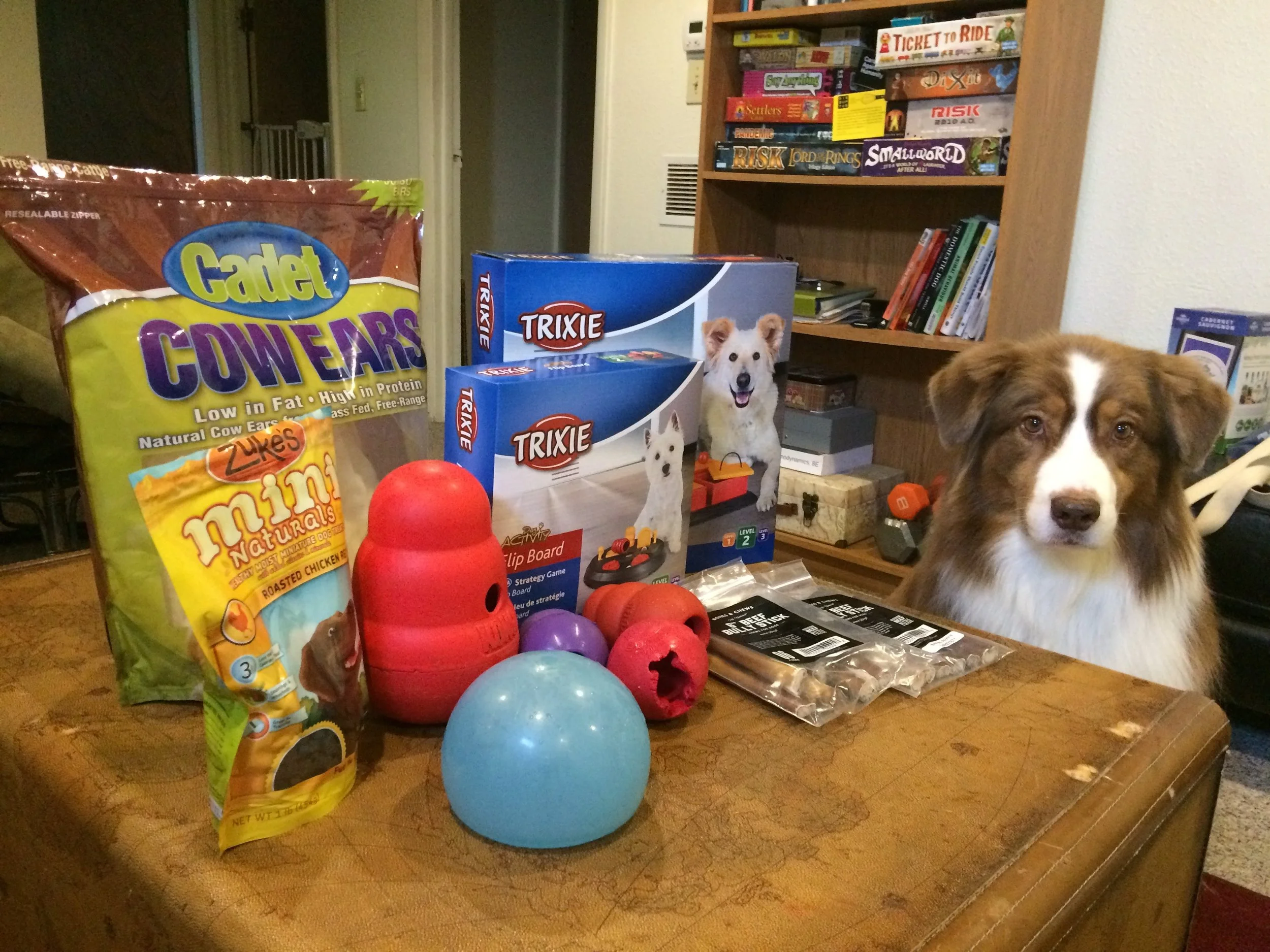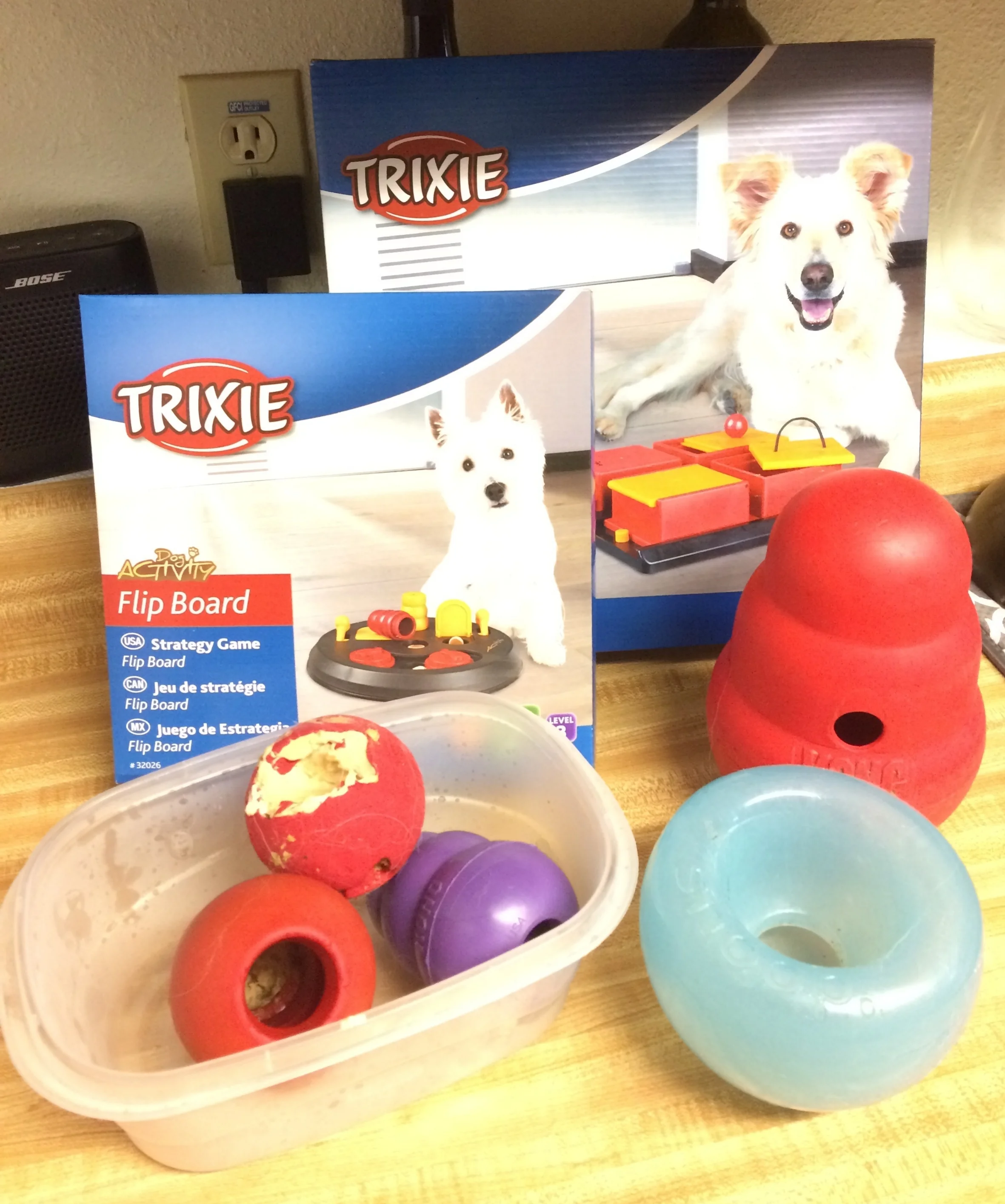Ok, back? Smiling a little bit? Good. That’s one little taste of what a treat or other food reinforcer does for your dog – promotes happy feelings about their relationship with the bearer of the treats – YOU!!! This is called associative learning, or classical conditioning – pairing something really good with other things to make those other things also really good.
So, in a slightly more abrupt (and occasionally sarcastic) tone than I might use if I was looking you in the eye or talking with you on the phone or answering your email inquiry (I try to be mostly courteous and polite in those situations), let me answer "your" questions:
1. It’s inconvenient to carry treats with me. Can’t I just use “Good girl!” as my reward instead?
Not until you have built up “Good girl!” as an alternate form of reinforcement that is reinforcing to your dog because it has a history of often being paired with good things (read: “treats”) from you. Otherwise the words “Good girl!” are rather meaningless as motivation for most dogs. Perhaps this is better understood with a human example. Your boss at work probably finds it inconvenient to pay your paycheck every two weeks. He would probably rather give you a slap on the back on Friday evening saying “Good work this month buddy, keep it up!”. If he did that instead of paying you dollar bills, would you go back to work on Monday morning? Just like you, your dog deserves a payment for jobs well-done.
2. I’ve trained dogs for 50 years and never had to use food!”
Great job! That’s quite an accomplishment. There is certainly more than one way to get the behavior you want – coercion and force is one method, and motivation (toys, treats, praise, etc.) is another. Modern scientific research supports the latter, methods that promote a positive bond of trust between you and your dog. If you’ve been using other motivators like toys and play and positive time spent together and that’s been working for you and your dogs – that’s wonderful! If using coercion and force to get your dog to listen is your jam . . . think about how you like to learn new skills (does a punch in the face help you learn algebraic equations?) and get back to me.
3. My dog will get fat if I give him treats!
This is perhaps a good time to explain my definition of “treats.” A treat is a tidbit of food that is desirable to the dog in the given environment. For most training sessions, it doesn’t have to be fancy, or high caloric or fat content. In fact, for many of my clients, I recommend that their dog train for the kibble that would normally be put into their bowl. Higher value reinforcement (traditional “treats”, chicken, cheese, liver, etc. etc.) are reserved for when you take your dog to high-stakes situations with lots of distractions. If your dog gets fed for “free” in a bowl every day – why not turn that food into motivators for good learning? If you still aren’t convinced, there is this great video that is going around Facebook illustrating a common phenomenon – a dog choosing to “work” a food puzzle for its food instead of taking the “free” food in the bowl right next to it.
4. If I use food my dog will never respond when I don’t have food!
Our goal with treats is never to build behavior that is dependent on the treats to occur. Our goal with food rewards is to build behavior that has such a strong history of reinforcement that your dog 1) clearly knows how to do it and 2) excitedly wants to do it – with or without the treats to back it up. With marker training (a different blog topic, probably coming soon!) we rarely have our treats out to prompt the behavior we are building. The treats come as a response to the behavior, rarely the antecedent. This way, we are building behavior that doesn’t need a treat to happen, and eventually is only sometimes followed by a treat reward. In human terms, we can make these withdrawals on the behavior bank account as a result of all of the cumulative deposits (treats to reward the behavior) we put into the account when building the behavior. But just like your bank won’t let you withdrawal $1000 in small, unmarked bills if your balance is $10, you have to build up that balance first!
5. I want my dog to do it because he respects me, not because I have food!
Oh boy. Where to start on this one. . . let’s see. . . how about with the definition of respect. The Merriam-Webster dictionary defines respect as “high or special regard; the quality or state of being esteemed”. Force and manipulation, often the physical applications of the "respect me!" demand, don’t foster esteem and special regard. Additionally, while this type of authoritarian dictatorship may promote the absence of bad behavior (i.e. your dog doesn’t come near you because they have learned that you are scary, thus they don’t annoy you with x, y and z behaviors), it does not really encourage the presence of good behavior. Can I let you in on a little secret short cut to your dog’s esteem and highest of high regards? Show them that you control the cookies. And the toys. All good things happen because of you. Pretty soon you are a god among dogs – at least, among your dog(s). This benevolent leadership fosters a positive relationship between you and your dog, built on trust and a healthy dose of mutual respect.
At the end of the day, this is really what it boils down to – mutual respect. Maybe you really can’t use treats, for a real reason that I haven’t addressed here (food allergies, dog doesn’t like treats, etc. etc.); maybe you don’t have an extenuating circumstance but still aren’t convinced that training with food is the way to go. That’s ok. But you can still apply the principles behind this methodology – respect your dog enough to be willing to PAY for good work in some way (the opportunity to go chase a squirrel up a tree is a GREAT reward!).
And if you still aren’t willing to do that, maybe let your own boss know that you are willing to sign a new contract agreeing to work for high-fives, handshakes, and the occasional punch in the face for bad behavior!




